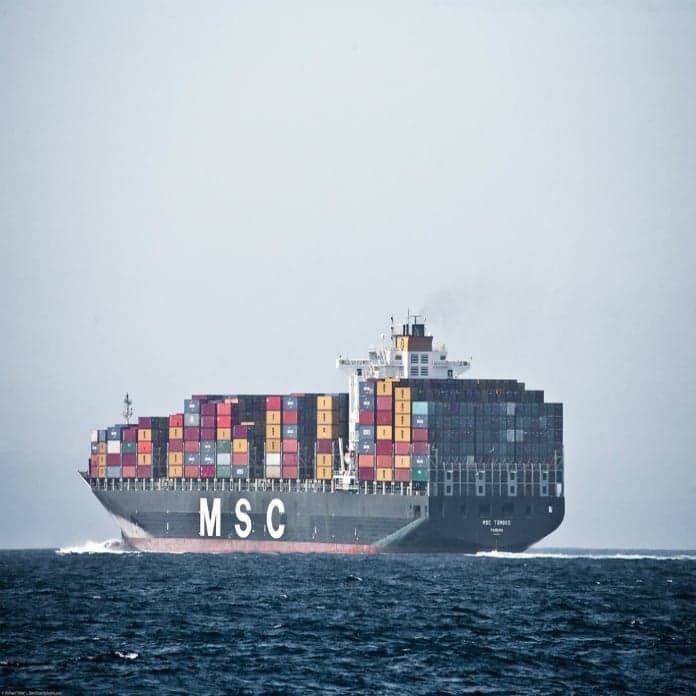Published:
The historical arc of international trade bends towards more of it. That’s why current efforts to skew trade further in favor of the U.S. by restricting access to the market will almost assuredly fail.
That also seems to be the lesson for the UK, as even many leavers want to remain part of the EU trade union, which among other benefits allows goods to be exchanged among members without paying duties. The UK government must soon level with its citizens and let them know that they can’t select what they want from the EU as if they’re invited to a free buffet.
By insisting on renegotiating existing fee trade agreements to force terms more favorable to the U.S., and also slapping punitive tariffs on imports from certain trading partners, Trump hopes to erase decades of trade deficits and restore jobs lost when U.S. companies outsourced manufacturing to China and other countries. These efforts are not likely to work as promised and may end up making things much worse.
According to the World Bank, about 54% of global GDP depends on trade. This percentage has been steadily rising since the end of World War II. So trade, as unfettered as possible, is a hugely important engine of growth, and has brought billions of people out of poverty and made a small elite slice of that population astonishingly wealthy.
Prior to the war, international trade was dominated by very large firms based in developed countries such as the U.S., Great Britain, and Germany. China was in the death throes of dynastic decay, forced by Great Britain to exchange tea for opium, causing further social and economic damage. Enforced by gunboat diplomacy, this type of trade has not been forgotten by the current Chinese leadership.
Tariff and non-tariff barriers were especially high in the run up to the Great Depression with the U.S. raising tariffs on a range of imported goods to more than 40%. There were no world bodies then to negotiate the same rules for everyone. Instead it was arbitrary tit-for-tat. That didn’t work so well, and neither did other policies that made the depression worse.
After the war, the U.S. slashed tariffs on imported goods while allowing defeated enemies Japan and Germany to protect their markets until they could get on their feet again. Boy did they, and within 20 years both countries were among the world’s top industrial powers and export platforms. They still are with Germany’s exports accounting for over 40% of GDP compared with just 14% for the U.S.
The rise of international organizations
The end of the war produced a number of international organizations and agreements, including the General Agreement on Tariffs and Trade (GATT), which was succeeded in 1992 by the World Trade Organization (WTO). The WTO is a rule-setting body but also has an enforcement arm — a judiciary that reviews trade disputes and makes rulings binding on countries party to the dispute. Getting on all the countries of the world to agree on trade rules, and then abide by those rules, is not an easy task. WTO is credited with lowering tariffs from lofty pre-World War II heights to an average of about 5% today. An eye-watering accomplishment. But additional agreements, especially those involving non-tariff barriers, such as standards setting and trade in services, have been elusive. The Doha Round, named for the place where the initial meetings were held (in the capital city of the country of Qatar), has been going on for 18 years with no agreement in sight.
Meanwhile, the insidious hand of protectionism is creeping back with a record number of complaints about anti-trade actions that many countries are taking. Some of these actions were related to economic problems in specific countries, and others are attributed to a rise in economic nationalism and suspicion of foreigners. Trump’s threatened actions seem to fall into these categories.
Will he succeed? Let’s just say there are too many interests that enjoy the benefits of freer trade, a better phrase to describe the activity because there’s little trade that’s actually completely fee. These interests include many businesses and consumers that vote reliably Republican. They’re frightened that some current efforts are regressive and dangerous, even if they’re not aware of the trade history and theory.
The march toward freer trade does not follow a straight line. But it does arc toward more freedom and likely to continue in that direction.
File under






